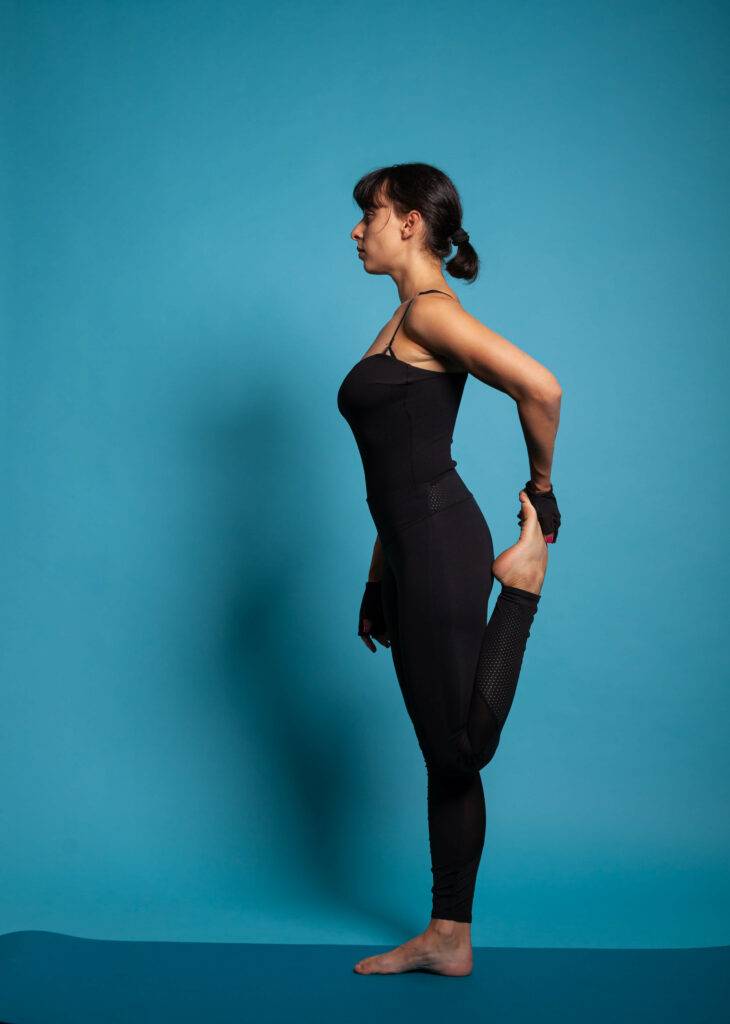The Ultimate Guide to Hip Flexors & Maximum Hip Extension
Tight hip flexors are often blamed for back pain, discomfort during squatting, and hip pain during various athletic movements. Stretching tight muscles is common, but in the physical therapy setting, we often find that patients aren’t performing hip flexor stretches correctly. In fact, most people may not be targeting the right muscles during their stretch!
Why Positioning Matters for Hip Flexor Stretches
The hip flexor muscles that typically limit motion are one-joint muscles crossing from the pelvis to the femur, along with the rectus femoris, which also crosses the knee to the tibia. Because the hip flexors originate on the pelvis, it is critical to account for pelvic positioning when performing the stretch.
For individuals with an anterior pelvic tilt, hip flexors may appear tight. Stretching by forcing the thigh further into extension often exacerbates the anterior pelvic tilt. Instead, the proper approach is to first correct the pelvis position. By positioning the pelvis neutrally, you can more effectively target the hip flexors and achieve a true stretch.

Steps for a Proper Hip Flexor Stretch
Set the Pelvis and Spine Neutral
Begin by activating your glute muscles and engaging your abdominals to maintain a neutral pelvis and spine position.Use a Tall Kneeling Position
In a tall kneeling position, press your hands down on the front knee for stability.Engage the Glutes and Abdominals
Keep your glutes engaged throughout the stretch. If you don’t feel the stretch, try squeezing your glutes harder.Shift Forward Without Bending
Gently slide your pelvis forward without bending your spine forward. Focus on the hip motion rather than the knee.Maintain Postural Alignment
Keep your posture tall to maximize the stretch in the hip flexors.
Clinical Cues for a True Iliopsoas Stretch:
- Prioritize spinal and pelvic posture.
- Stay tall throughout the stretch.
- Aim to stretch the hip, not the knee.
- Squeeze the glutes and engage the core.
- Avoid tilting the pelvis into an anterior position.
Why Proper Technique Matters
When patients learn how to stretch their hip flexors correctly, they often experience better pain management during home exercises and therapy sessions. Therapists and strength coaches should always emphasize proper mechanics when programming stretching exercises for athletes and patients alike.
For a detailed demonstration of this stretch, check out our video resources on our YouTube Channel and stay connected for more tips!

